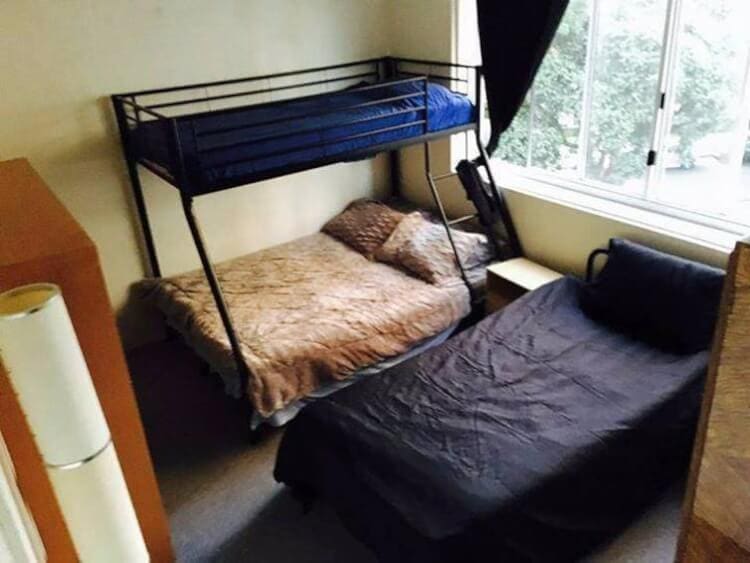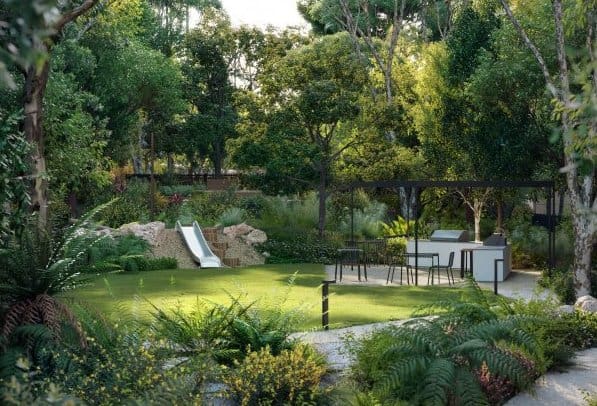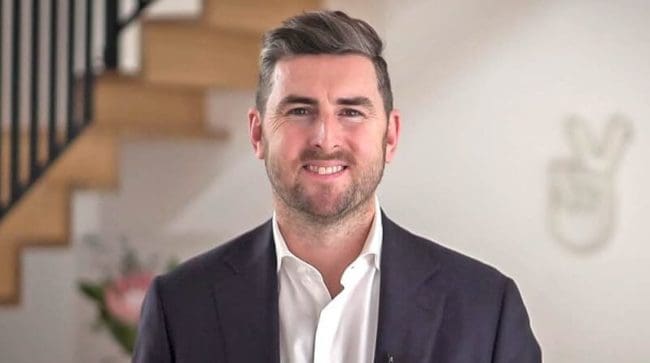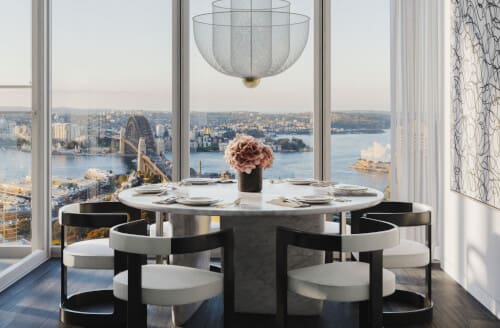The powers that be have gone curiously quiet on one of the major issues affecting apartment blocks: overcrowding. Where have all the pictures of rooms stacked with bunk beds, subdivided bedrooms and sleeping bags in laundries gone?
A recent study suggests that while we have been transfixed by the spread of Airbnb and its ilk, and fear around flammable cladding, the overcrowding crisis may have been getting worse.
A Macquarie University study revealed earlier this year that homes in Sydney’s city centre suburbs had average occupancy rates of more than 2.5 adults per room.
‘It was not uncommon for two-bedroom apartments to have between 5 and 14 occupants,” says the study, referenced on The Conversation.
So why would landlords subject their apartments to these additional stresses, and why do tenants put up with them?
In the latter case, renters could be paying as little as a third of what they’d have to fork out for a single room. Also, some younger people actually enjoy the dorm-room vibe of shared space.
Meanwhile, the landlords can get about 30 per cent more that they would for letting their property on the legitimate residential market.
So, what are the downsides? According to the study, there’s usually no written tenancy agreement, leaving tenants highly insecure. In fact, the landlord may only be renting the flat themselves.
The more bodies in the flat, the better the profit, so the incentive is high to over-crowd and illegally and dangerously subdivide rooms.
Shared room rentals are typically paid for in cash, so this is tax-free income for the operators. Meanwhile, as with short-term holiday lets (STHLs), the higher rental returns deplete the regular residential market.
And, again like STHLs, the potential for conflict with unit block neighbours increases, along with noise, internal traffic and demands on shared resources like water and gas.
Meanwhile monitoring mechanisms are ineffective, says the report, with councils having to forewarn residents that they are coming to inspect. It’s amazing how quickly all the excess beds can be moved in and out of a flat, before and after the council come a-calling.
Looking beyond the study, the reality is that it’s often left to the owners and managers of apartment blocks to police over-crowding.
NSW strata law allows owners corps to pass by-laws restricting numbers in apartments to no more than two adults per bedroom. But then they have to prove those coming and going are living there, so security cameras are involved.
Then they try to limit the number of electronic key fobs floating around, but they can be duplicated at key cutters around the city, so you have to upgrade to hi-tech versions. Ultimately you can end up with a system that’s way too sophisticated for normal daily living.
Recently a city apartment resident accidentally picked up her husband’s key fob and, when she tried to get back to her home, her face didn’t match ID picture on the computer screen so she was locked out and the key was cancelled.
But while we wrestle with how to clear people out of overcrowded flats, few are asking where these people will go. The move to create affordable shared spaces – like modern versions of boarding houses or student flats – is taking too long.
Inevitably the buildings that can and do deal with over-crowding will simply push the problem to badly managed blocks where facilities have been allowed to run down because the majority of owners are interested only in the profit margin.
And neither the state governments nor local councils can get too high and mighty on overcrowding when they are gleefully welcoming their mates in Airbnb and other holiday letting agencies into our apartment blocks.
But it’s a sobering thought that the fatality in the Bankstown apartment block fire in 2012 only happened because the students trapped in the fire couldn’t get to a balcony, where they would have been safe, because that room had been locked off in a subdivided, overcrowded flat in an under-protected building.





This is now being discussed in the Flat Chat Forum